We use cookies and other proprietary and third-party technologies to make our website work correctly and securely. We also use them to analyse user browsing and be able to adapt advertising to your tastes and preferences. Cookies Policy.
Mobility
Curious highways
Can the highway be an interesting subject of conversation at a lunch or dinner with friends? Yes, of course. And we don’t mean just talking about the traffic jam you got stuck in on your way the beach, or the work to improve other beaches during the summer, or whether you found a great shortcut to your destination and thus saved a few hours of traveling time.
Highways –so serious, so uniform– have their fascination. You just have to know how to find it and then remember some curious things like these:
- The longest international highway in the world is the Pan-American. Although in reality it’s a system of roads that’s 47,958 kilometers long. It links 14 countries in the Americas, from Patagonia to Alaska. It’s interrupted only by a mountainous stretch of 87 kilometers in the Amazon jungle, known as the Tapón de Darién, between Panama and Colombia. It was conceived at the Fifth International Conference of American States in 1923 and was fully open to traffic in 1963.
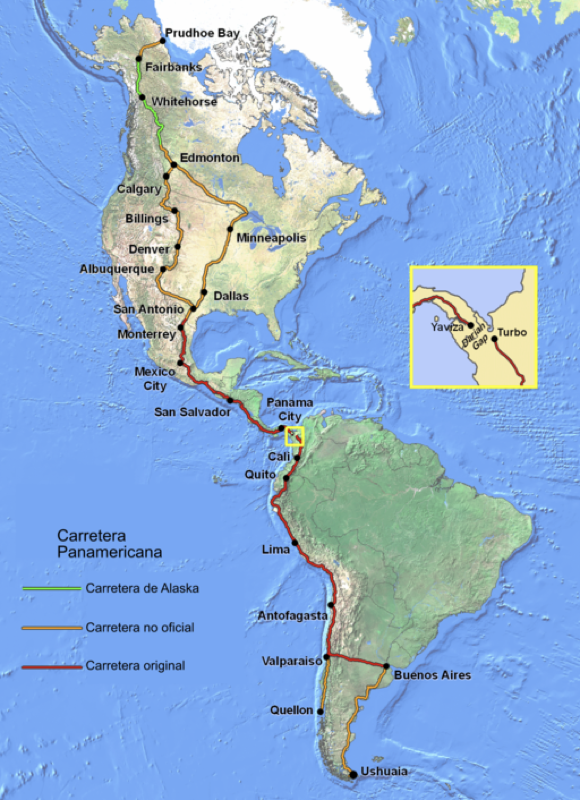
- The KKH (Karakoram Highway) runs at about some 5,000 meters in altitude. It connects the cities of Hasan Abdal, in Pakistan, and Kashgar, in China, through the Karakoram mountains: 1,200 kilometers through mountains, glaciers and the highest asphalted border post in the world, the one at Khunjerab. It follows part of the original Silk Route and the Chinese know it as Friendship Highway. It took 20 years to build and was officially opened twice: the Pakistan part in 1982 and the China part in 1986. Nowadays it’s an increasingly popular tourist destination because of its spectacular surroundings.
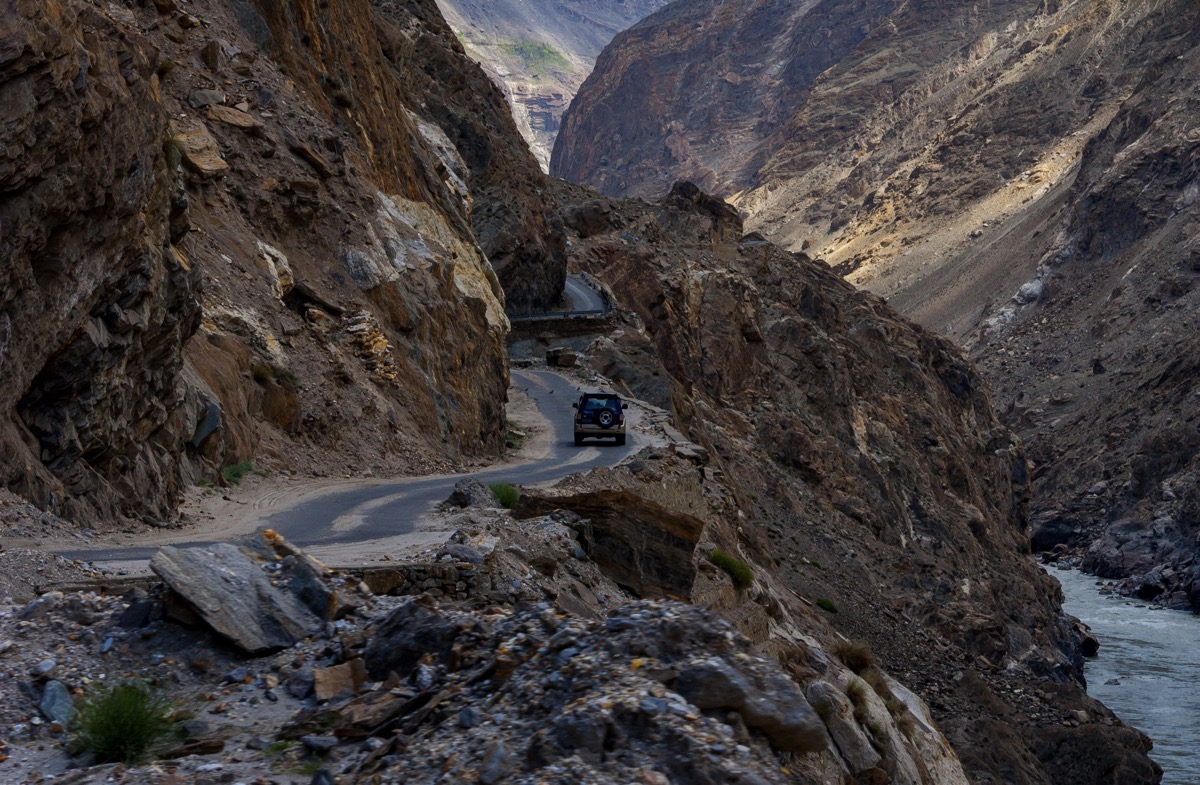
- Without leaving China, we find the Guoliang tunnel, in the Tahiang mountains of Henan province. It’s considered one of the most dangerous stretches in the world. Tired of getting no answer from the Chinese government to their request for a point of access to traverse the mountains and link their town with the rest of the country, the people of Guoliang decided to build it themselves. They selected 13 of the strongest workers and in 1972 began excavating a tunnel in the rock using pick and shovel. Five years later, in 1977, it opened to traffic. It measures 1.2 kilometers in length, 5 meters in height and 4 meters in width. Today it is one of the country’s principal tourist attractions.
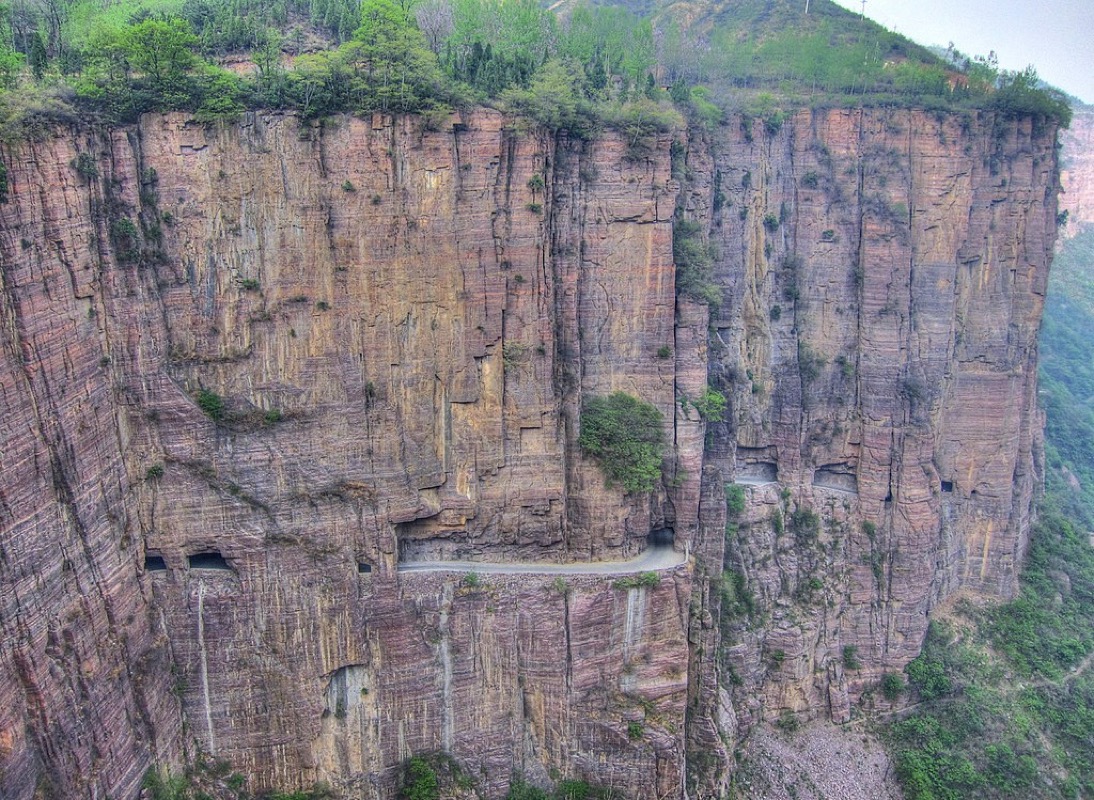
- To find the highway with the greatest number of lanes in the world, you have to travel to Houston (Texas, USA). It’s the Interstate I-10, better known as the Katy Freeway. In some stretches there are as many as 26 lanes: 12 main ones, 8 service lanes, and a remaining 6, located in the middle, which are used as reversible lanes for vehicles carrying multiple passengers so as to speed up access to, and exit from, the city center.
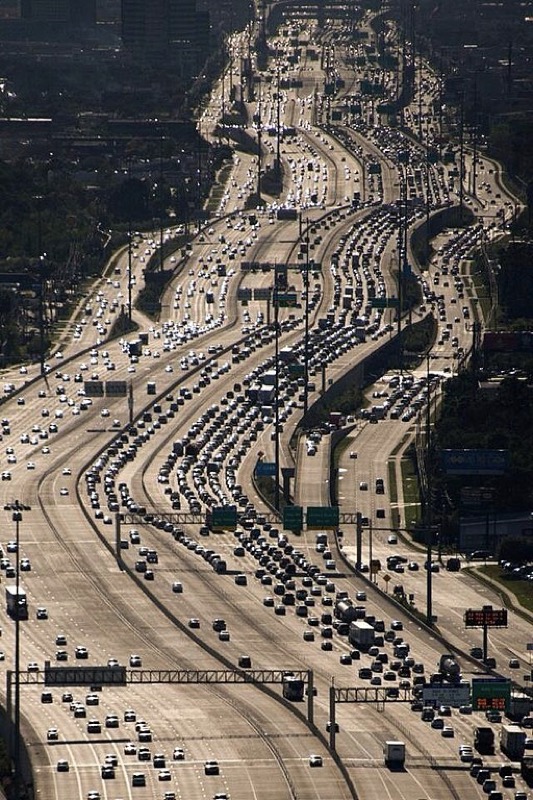
- Let’s stay in the United States because that’s where the first stretch of asphalted road in the world was built. It was in Detroit (Michigan) in 1909. Some automotive pioneers, among them Henry Ford, needed to test their vehicles, which were beginning to be mass-produced, on paved surfaces. So they got the idea of putting a thick layer of cement on a part of Woodward Avenue in Detroit, between the fifth and sixth mile of its original course. They invested 13,500 dollars, including 1,000 dollars in help from the state of Michigan.
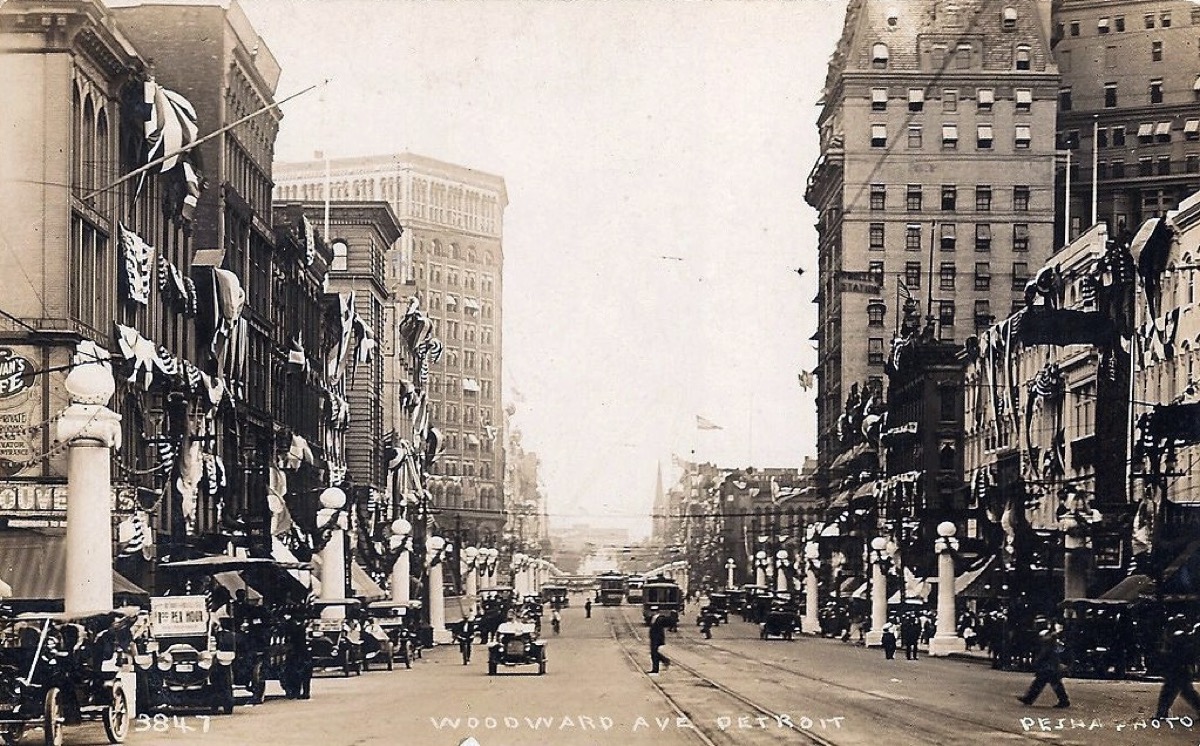
- Among that group of motoring pioneers was a cyclist, Edward N. Hines. It was thanks to him that today’s roads and motorways are painted with those white stripes that mark the limits of lanes and shoulders. He got the idea when he saw a truck pass: it was carrying milk and had a leak.
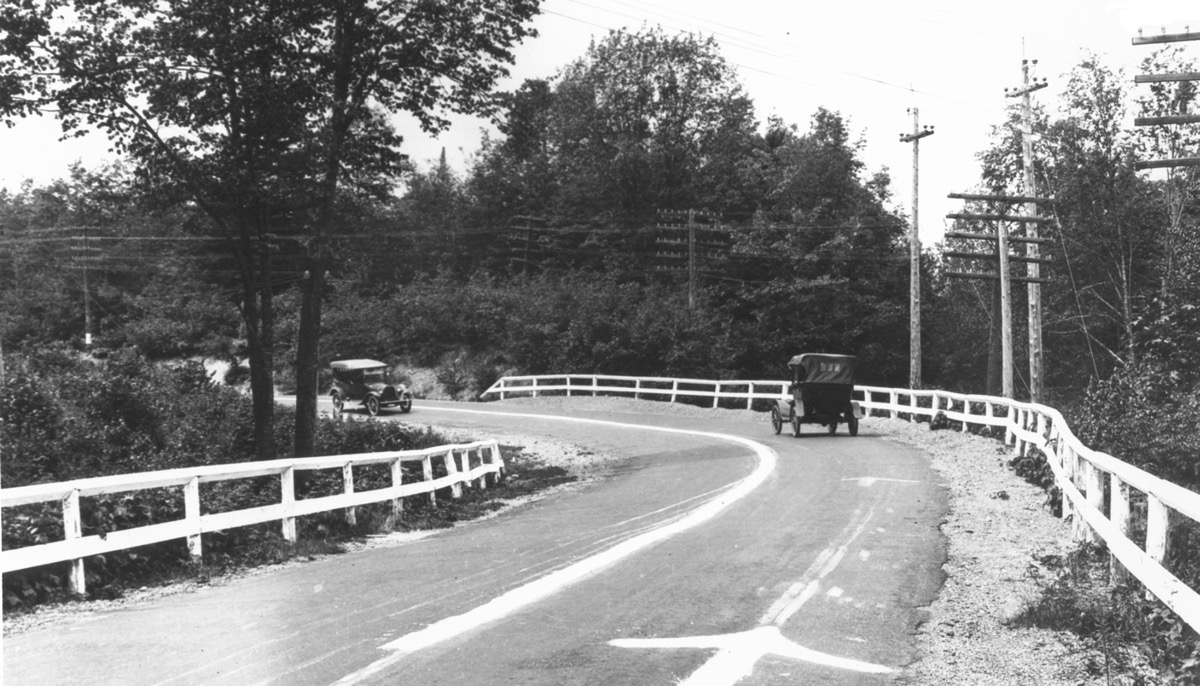
- And speaking of stripes (and to finish up), have you ever noticed a blue line, parallel with the white one, that can be seen on the shoulders of many European and Spanish highways? It is there to indicate where the optic fiber is, so as to take advantage of the ease that these roads offer for this kind of wiring.
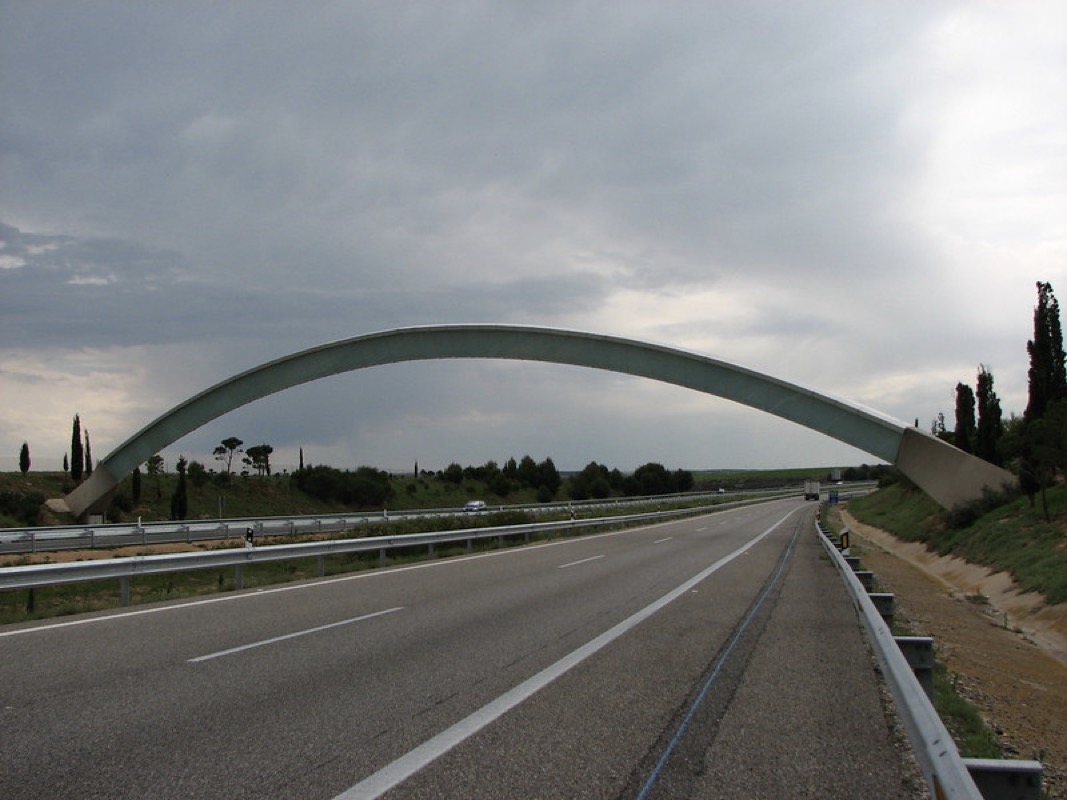
Notice: Trying to access array offset on value of type null in /DATA/sites/ontheroadtrends.com.preproduccion.com/webspace/wp-content/themes/ontheroad2023/templates/newsletter.php on line 3
Notice: Trying to access array offset on value of type null in /DATA/sites/ontheroadtrends.com.preproduccion.com/webspace/wp-content/themes/ontheroad2023/templates/newsletter.php on line 4
Notice: Trying to access array offset on value of type null in /DATA/sites/ontheroadtrends.com.preproduccion.com/webspace/wp-content/themes/ontheroad2023/templates/newsletter.php on line 5
Lo más visto
94823 Views
Mobility
On the road again: 4 (almost unknown) routes across Europe
There is a route that starts in a UFO and ends in a vampire's
92783 Views
Road Safety
Raising awareness about traffic accidents through sport
Yesterday the Ponle Freno race was held in Madrid. A circuit that has no
92684 Views
Mobility
20 irresistible racetracks with great turns
Which is the fastest racetrack? And the most dangerous? Do you know which one
63621 Views
Mobility
Harnessing kinetic energy to make trucks ‘leaner’
The media describes them as "flying trucks", when in fact the technology applied to
63581 Views
Mobility
An electric and folding microcar to solve parking and congestion problems in the city
Can you imagine a car that could be folded to reduce its size? Your
94824 Views
Mobility
On the road again: 4 (almost unknown) routes across Europe
There is a route that starts in a UFO and ends in a vampire's
92685 Views
Mobility
20 irresistible racetracks with great turns
Which is the fastest racetrack? And the most dangerous? Do you know which one
63622 Views
Mobility
Harnessing kinetic energy to make trucks ‘leaner’
The media describes them as "flying trucks", when in fact the technology applied to
63582 Views
Mobility
An electric and folding microcar to solve parking and congestion problems in the city
Can you imagine a car that could be folded to reduce its size? Your
32296 Views
Mobility
How many toll systems are there and how do they work in Europe?
Do you know how a shadow toll works? And one using stickers? Tolls have
94825 Views
Mobility
On the road again: 4 (almost unknown) routes across Europe
There is a route that starts in a UFO and ends in a vampire's
92784 Views
Road Safety
Raising awareness about traffic accidents through sport
Yesterday the Ponle Freno race was held in Madrid. A circuit that has no
92686 Views
Mobility
20 irresistible racetracks with great turns
Which is the fastest racetrack? And the most dangerous? Do you know which one
31980 Views
Roadtrends
9 Christmas Songs to Enjoy on Your Next Trip
Let it Snow! Let it Snow! Let it Snow! es una de las canciones
31681 Views
Mobility
New models for cities: the change in the paradigm of large metropolis
Sometimes radical modifications are not necessary. The simple opening of a cultural space is
92785 Views
Road Safety
Raising awareness about traffic accidents through sport
Yesterday the Ponle Freno race was held in Madrid. A circuit that has no
60697 Views
Road Safety
The greenery on the side of the road is not trivial
Have you ever wondered about the role of the vegetation that we see on
31568 Views
Mobility
From getting your driving license as soon as you are old enough to jumping on an electric scooter
For those who already sport gray hair, getting a license was one of the
31249 Views
Road Safety
When will the ignition interlock alcohol detection device be obligatory?
The consumption of alcohol continues to be behind many highway accidents. Technology is now
30825 Views
Road Safety
The importance of braking distances
Although it depends on many factors, such as the braking system of the vehicle,
60698 Views
Road Safety
The greenery on the side of the road is not trivial
Have you ever wondered about the role of the vegetation that we see on
31327 Views
sustainability
Up to 4,000 pieces: How and why a car is recycled
A vehicle destined for scrap can be recycled by 95% and in the near
31114 Views
Mobility
Key Initiatives for a more sustainable urban future
Have you heard about Copenhagen’s cycle pathways? And the street elevators in Hong Kong?
30925 Views
sustainability
The game which allows you to monitor your CO2 emissions while driving
Do you know what a metric ton of CO2 actually looks like? This game
30877 Views
Mobility
What is the CO2 emission from an electric car?
They are less contaminating than diesel or gasoline vehicles, but electric cars also leave